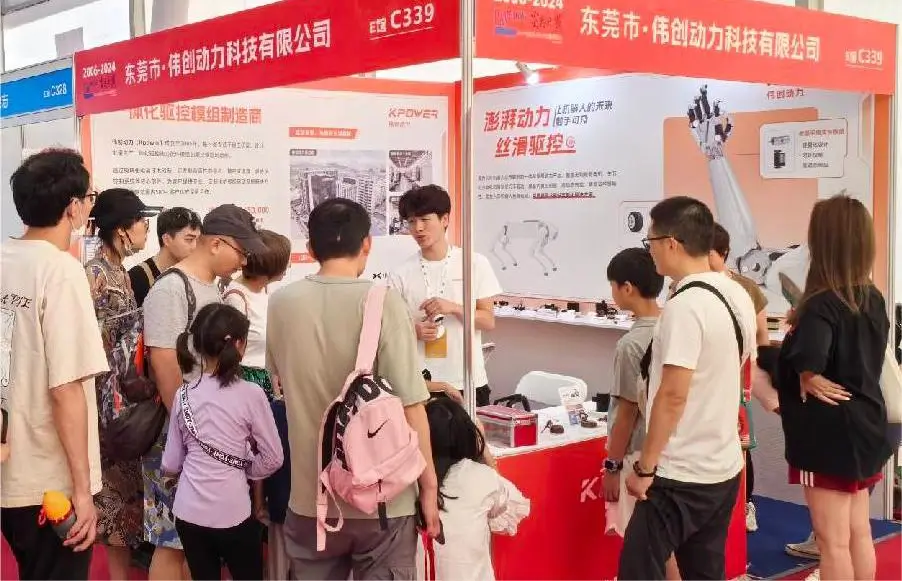The Dance of Machines: Understanding Stepper and Servo Motors
In the world of automation, robotics, and CNC machinery, two types of motors often steal the spotlight: stepper motors and servo motors. They are the heartbeats of countless devices, enabling precise control and reliable performance. But what exactly distinguishes one from the other? Let’s peel back the layers and get to the core of these mechanical marvels.

What is a Stepper Motor?
Imagine a motor that moves in perfect, defined steps—literally. That’s what a stepper motor does. It is a brushless, synchronous electric motor designed to divide a full rotation into a series of discrete steps. Each pulse of electricity causes the motor to move a specific angle, making its position inherently predictable. This means that with the right control signals, you can accurately determine the shaft's position without needing additional sensors.
The construction of a typical stepper motor involves multiple coils organized in phases. When current flows through these coils in a specific sequence, the magnetic fields interact with the rotor (which may be magnetized or have salient poles), causing it to rotate incrementally. The amount of rotation per step is determined by the motor's design—common values are 1.8°, 0.9°, or even smaller.
Applications and Strengths of Stepper Motors
Their virtue lies in simplicity and reliability. Because they move in fixed steps, stepper motors are ideal for applications requiring open-loop control—meaning no feedback device (like encoders) is needed—yet maintaining precise position. You’ll find them in 3D printers, CNC machines, camera platforms, and robotic arms where precise movement and repeatability are paramount.
Furthermore, stepper motors are generally less expensive than servo motors and require less complicated control systems. They are also robust, able to handle a range of loads, and often operate in environments with dirt or dust because they have no brushes to wear out.
The Flip Side: Limitations of Stepper Motors
However, they are not perfect. Because stepper motors rely on open-loop control, they can lose steps if the load exceeds the motor’s torque capacity or if there’s sudden acceleration or deceleration, leading to missed steps and positional errors. Their torque drops significantly at higher speeds, which can hamper performance in fast-moving applications.
Moreover, they tend to generate more heat due to continuous power draw even when stationary, and their efficiency isn't as high as servo motors. Thus, while they excel at position control, their speed and torque characteristics impose limitations in dynamic, high-speed, or high-precision applications.
What is a Servo Motor?
Enter the servo motor—a versatile, high-performance system aimed at delivering smooth, accurate movement even under challenging conditions. Unlike the stepper, a servo motor is a closed-loop system: it uses feedback devices like encoders to constantly monitor the shaft position, adjusting the motor’s output accordingly.
Servo motors are typically brushed or brushless DC motors or AC synchronous motors, combined with specialized control circuits. The core idea is that the control system compares the actual position with the desired command—error signals then prompt the motor to make adjustments in real-time.
Strengths of Servo Motors
This feedback mechanism enables servo systems to achieve very high accuracy, high speed, and dynamic responsiveness. They are excellent for applications where precise speed regulation, acceleration, or complex motion profiles are required, such as robotic arms, CNC milling, or aerospace components.
Servo motors also deliver higher torque at higher speeds than stepper motors, making them suitable for demanding heavy-duty tasks. Their ability to maintain position under load without losing steps is a major advantage—an essential feature in high-stakes industrial setups.
Limitations and Challenges
Of course, this enhanced performance comes with trade-offs. Servo systems are more complex and expensive, often requiring sophisticated controllers, encoders, and wiring. The initial setup can be more complicated, demanding expertise to install and tune correctly.
Additionally, the closed-loop nature means that failure in the feedback components or control system can lead to erratic operation. Their maintenance, in some cases, is more involved, especially when dealing with encoder calibration or sensor reliability.
In summary, the choice between stepper and servo motors isn’t about which is better universally but about understanding their core differences and identifying the right fit for your application. Both have carved out their niches—stepper motors with simplicity, cost-effectiveness, and adequate precision; servo motors with high-end performance, speed, and adaptability.
In the next part, we’ll delve into specific scenarios and industry examples, comparing their efficiency, control complexity, and long-term operational costs. We’ll also explore innovative hybrid systems and emerging trends shaping the future of motion control technology.
Established in 2005, Kpower has been dedicated to a professional compact motion unit manufacturer, headquartered in Dongguan, Guangdong Province, China.




































